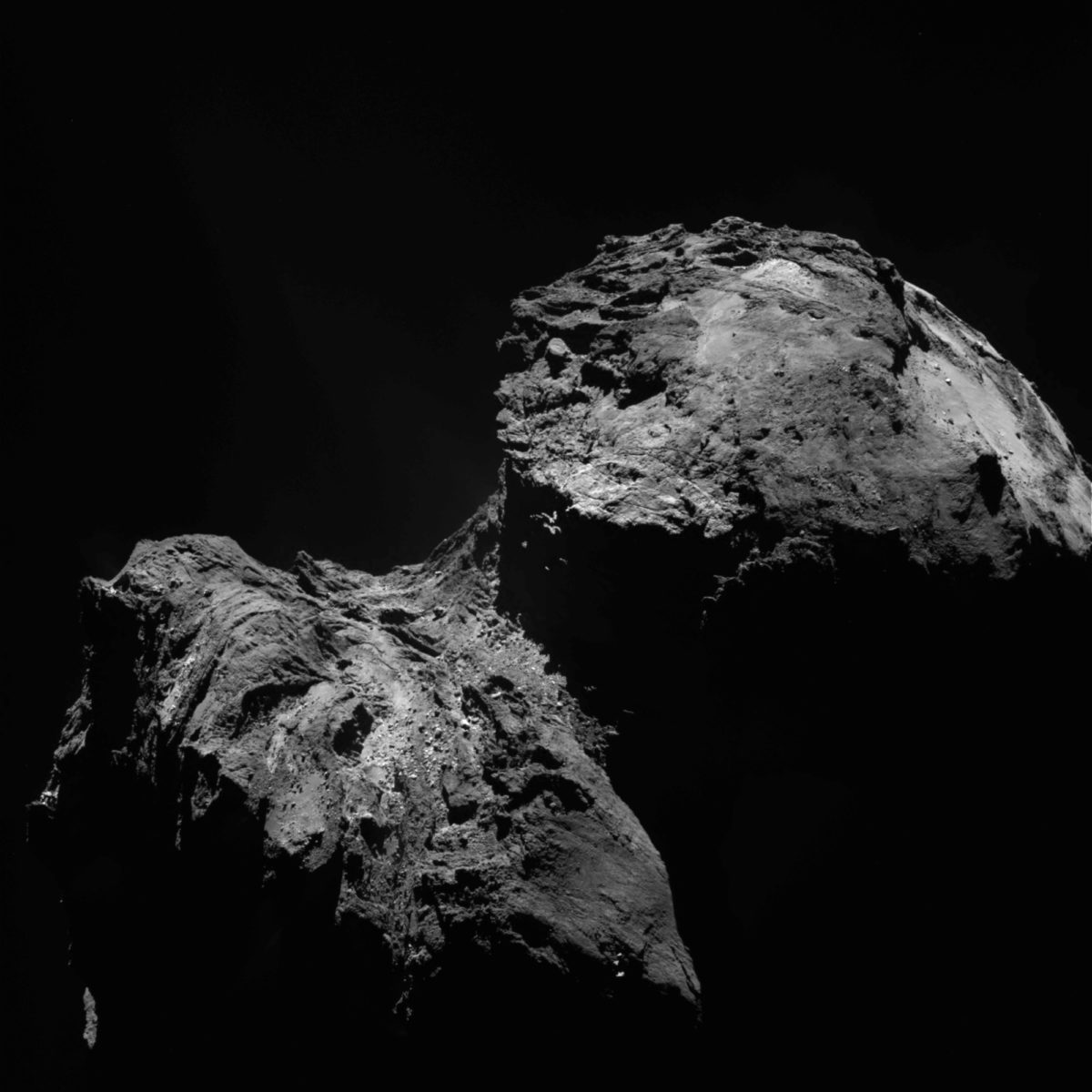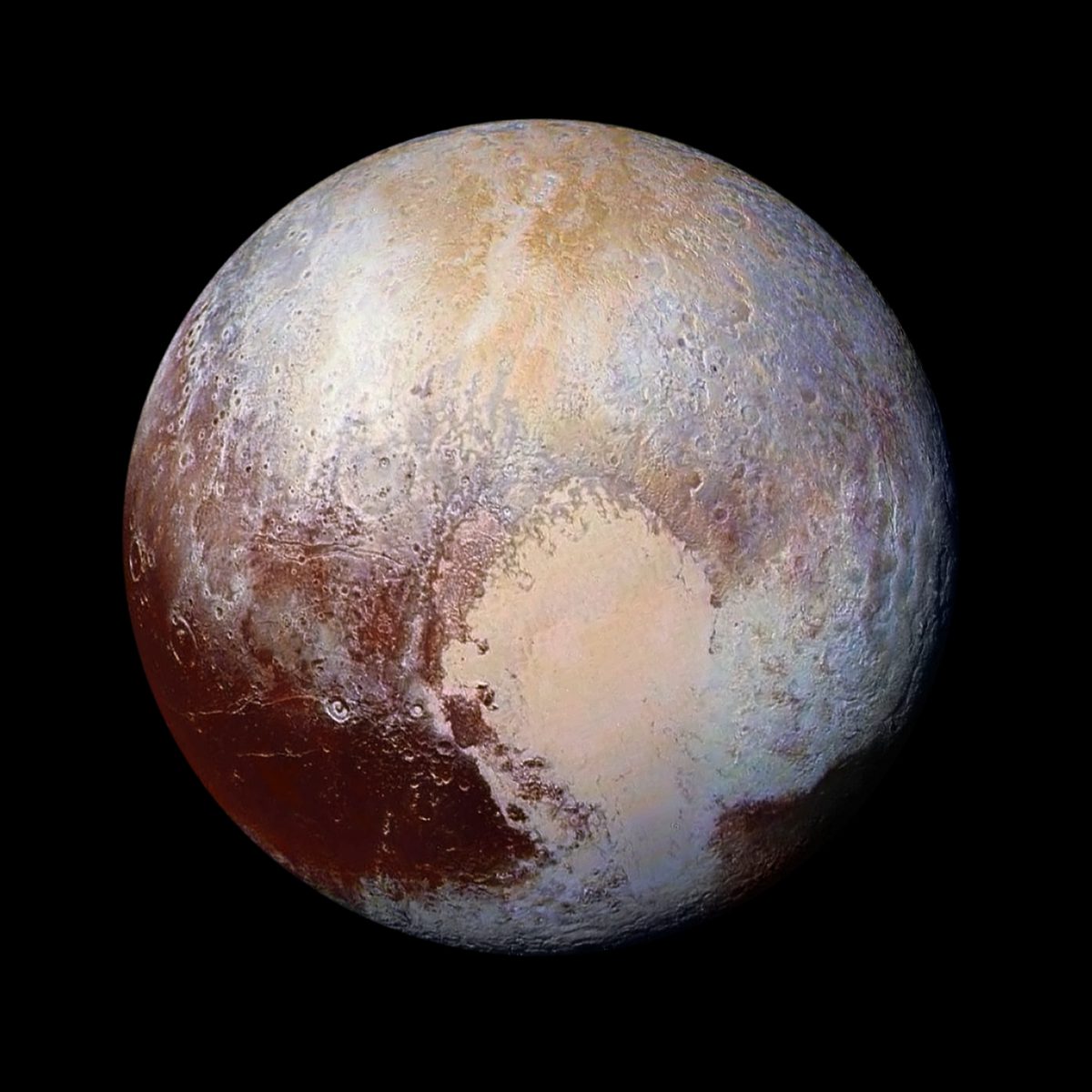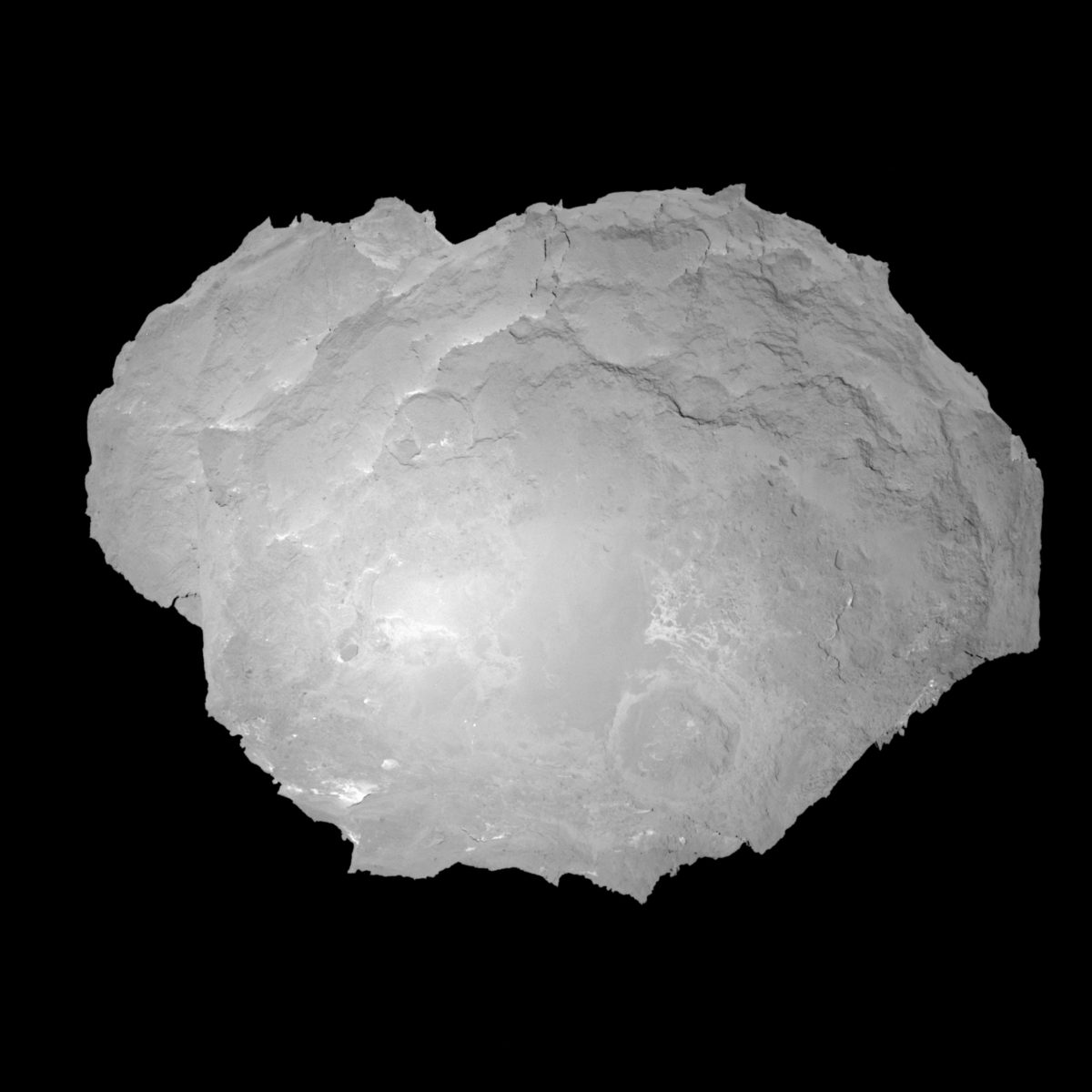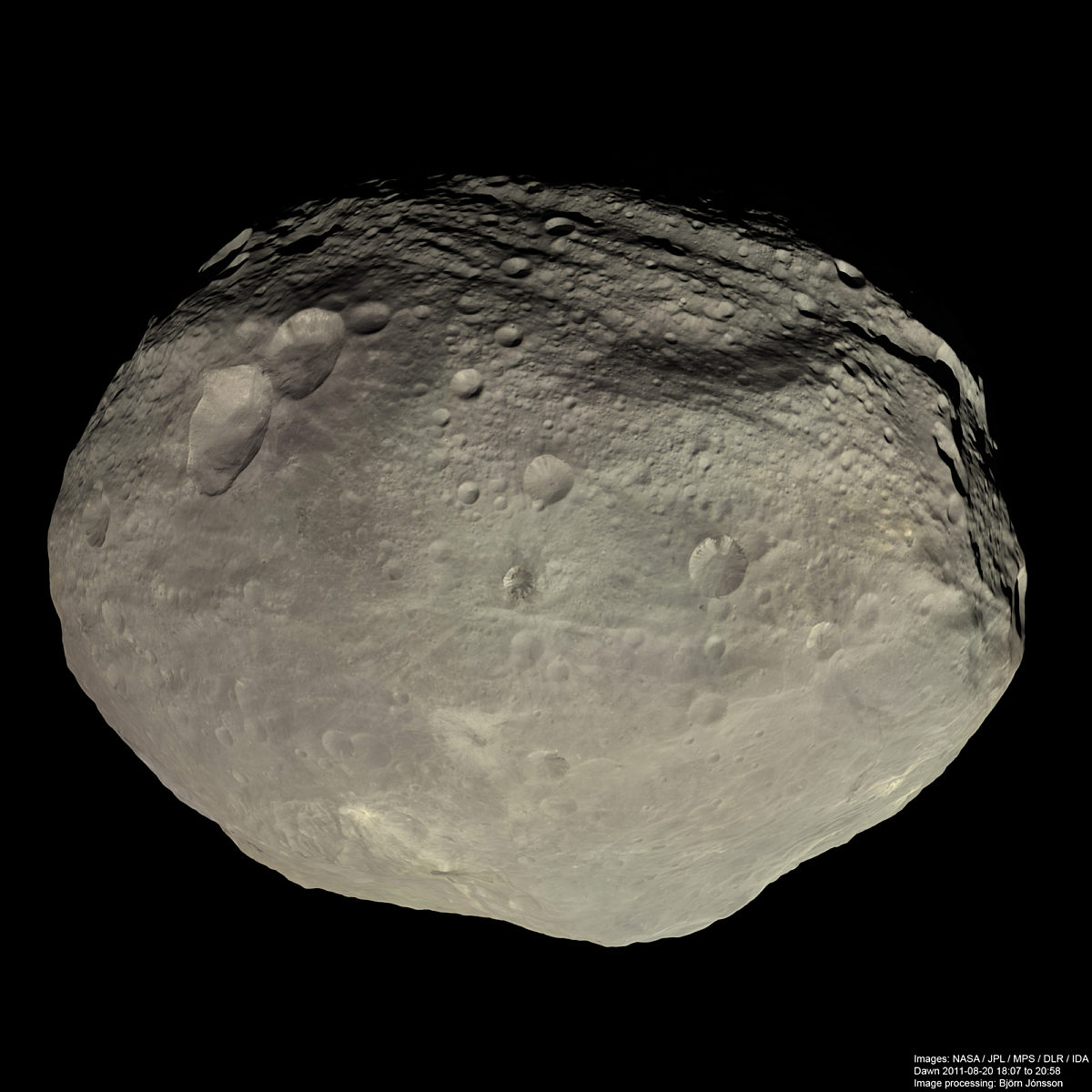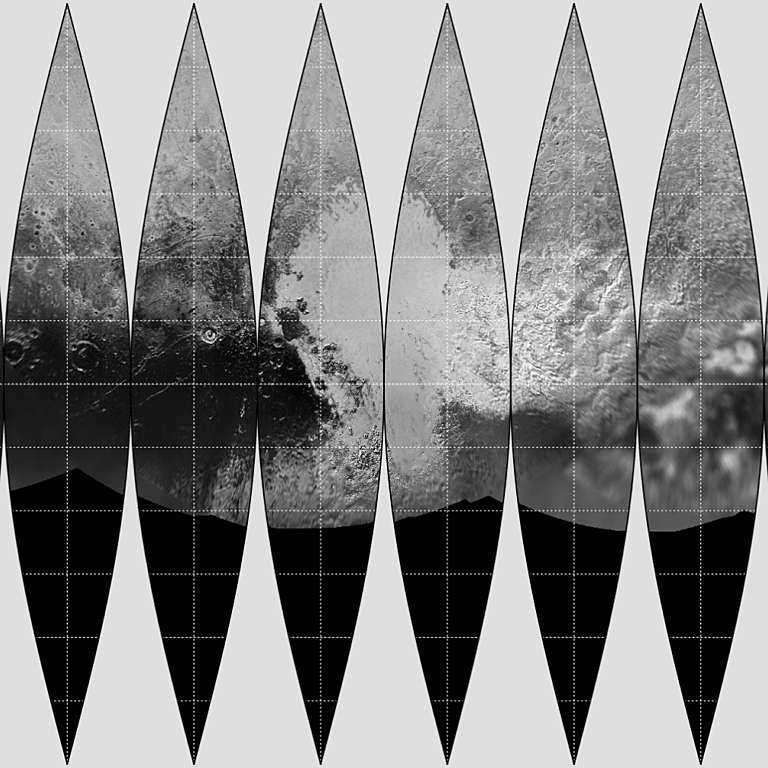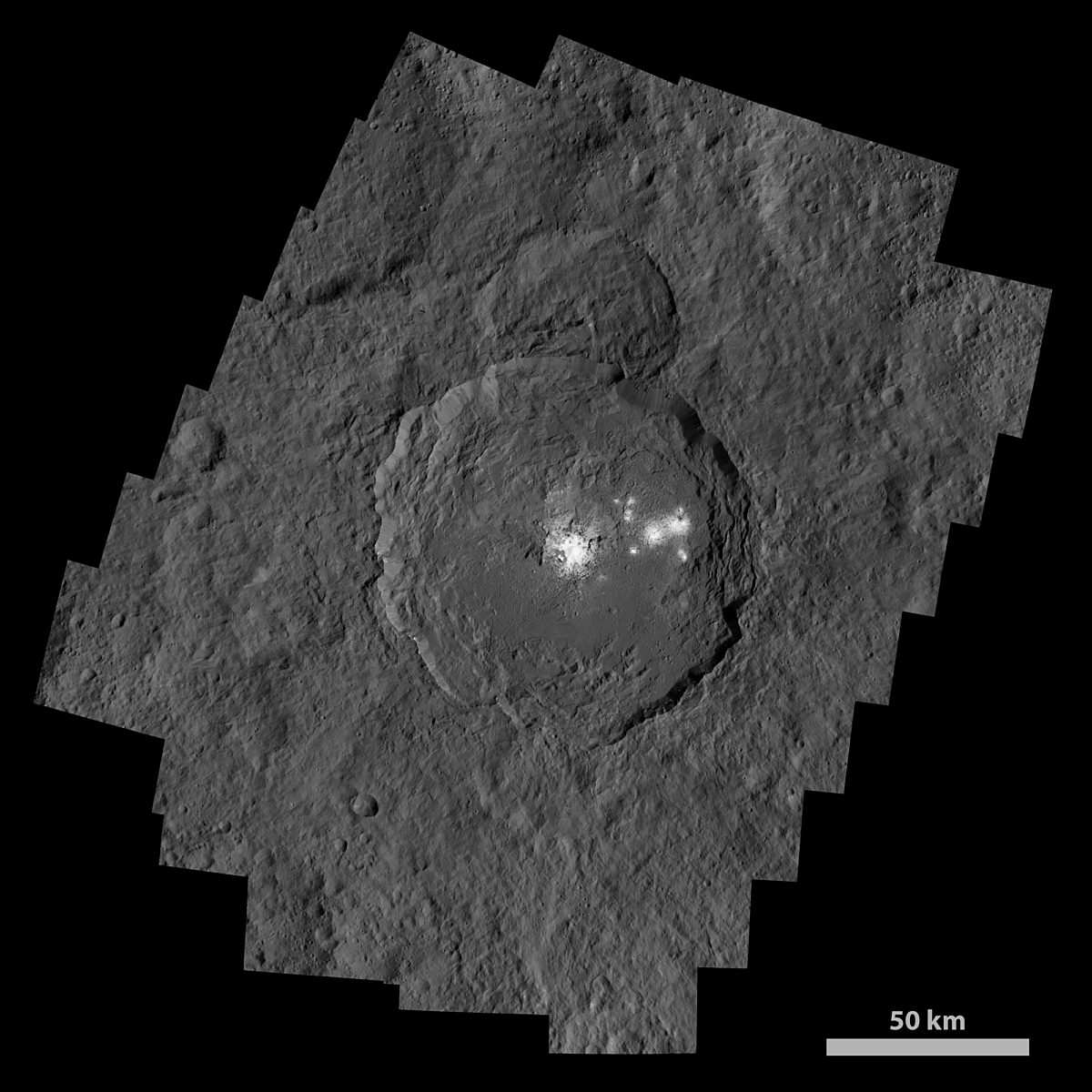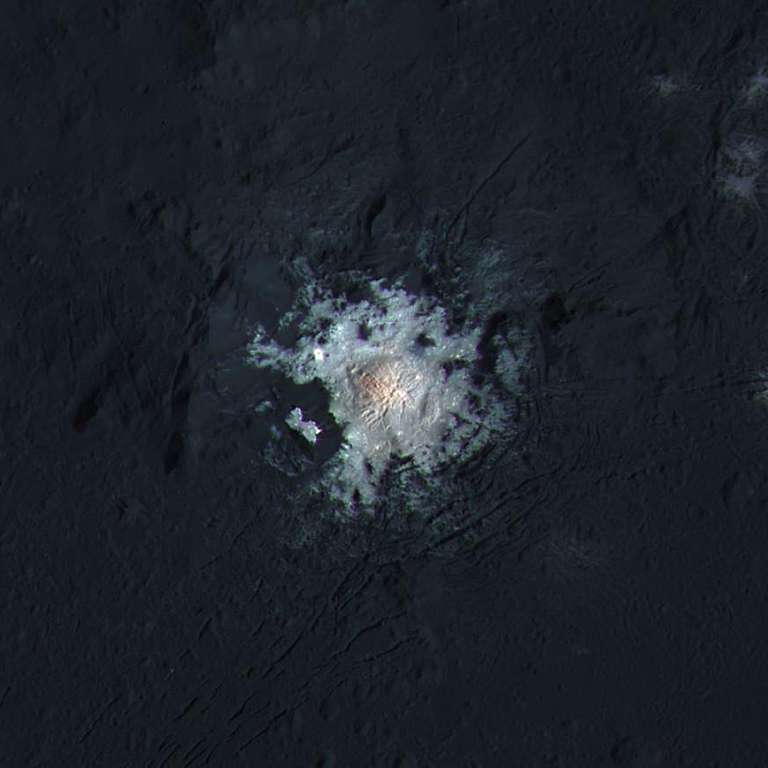All
All
Stories, updates, insights, and original analysis from The Planetary Society.
Rosetta spacecraft may be dying, but Rosetta science will go on
The Rosetta mission will end tomorrow when the spacecraft impacts the comet. ESA took advantage of the presence of hundreds of members of the media to put on a showcase of Rosetta science. If there’s one thing I learned today from all the science presentations, it’s this: Rosetta data will be informing scientific work for decades to come.
Rosetta end-of-mission update
The European Space Agency has shared plans for the end of the Rosetta mission scheduled for September 30, just three weeks from now. The landing site will be located on the
Philae spotted on the surface of comet Churyumov-Gerasimenko
Ever since its landing, Philae has been elusive. It went silent just three days later and never returned any more science data, though it made brief contact with the orbiter last summer. Now, just a month until the planned end of the Rosetta mission, the orbiter has finally located the lander in a stunning high-resolution view of the surface.
Dawn Journal: Diving Low
Following the conclusion of Dawn's ambitious 8.8-year prime mission on June 30, the spacecraft has been gathering a wealth of data with all sensors in its extended mission as it orbits closer to Ceres than the International Space Station is to Earth.
Dawn Journal: Staying at Ceres
The official end of Dawn's prime mission was June 30, but the valiant adventurer began its
Rosetta end-of-mission plans: Landing site, time selected
ESA's comet-chasing Rosetta spacecraft is nearing the end of its mission. Last week, ESA announced when and where Rosetta is going to touch down. And tomorrow, it will forever shut down the radio system intended for communicating with the silent Philae lander.
Pluto is not the end
One year after the New Horizons Pluto flyby, Emily reflects on its significance.
New Horizons Science Team Meeting Report
On July 6 at Lowell Observatory in Flagstaff, Arizona, the science team convened at the place where Pluto was discovered. Ted Stryk reports from the meeting.
Dawn Journal: In the Details
Dawn is continuing to record the extraordinary sights on dwarf planet Ceres. The experienced explorer is now closer to the alien world than the International Space Station is to Earth.
A feast of new OSIRIS photos from comet 67P
Last week, the Rosetta mission released a large quantity of science data to the worldwide public, including photos from the mission's close observation phase and the Philae landing.
Dawn Journal: A New Angle on Ceres
Since April 11, instead of photographing the scenery directly beneath it, Dawn has been aiming its camera to the left and forward as it orbits and Ceres rotates to map more of the dwarf planet.
A Moon for Makemake
The solar system beyond Neptune is full of worlds hosting moons. Now we know that the dwarf planet Makemake has one of its very own.
Opposition surge comet
Today, the Rosetta OSIRIS team's Image of the Day is this highly unusual view of the comet with the Sun very nearly behind the spacecraft.
LPSC 2016: Differentiated meteorites provide a glimpse of the early solar system and planets
This year's Lunar and Planetary Science Conference included a session devoted to a group of rocks from space called differentiated meteorites, and their proposed parent bodies.
How to Make a Pluto Globe
Want to make your own globe of Pluto? Here's how!
Dawn Journal: Sharper Views of Ceres
One year after taking up its new residence in the solar system, Dawn is continuing to witness extraordinary sights on dwarf planet Ceres. Mission Director Marc Rayman brings us his monthly update on Dawn's status.
LPSC 2016: So. Much. Ceres.
At last week's Lunar and Planetary Science Conference, I enjoyed a large number of talks about Ceres. Now in its Low-Altitude Mapping Orbit, Dawn is showering scientists with high-resolution, color data.
Clouds and haze and dust, oh my!
What types of aerosols do we find in the atmospheres around the Solar System, and why does what we call them—clouds vs. haze vs. dust—matter? Sarah Hörst explains.
"Planet Nine" update: Possible resonances beyond the Kuiper belt?
A new paper by Renu Malhotra proposes that an undiscovered distant planet could have organized extremely distant Kuiper belt objects into orbital resonances.
Dawn Journal: Success at Ceres
More than eight years after leaving Earth behind for an ambitious deep space adventure, the Dawn mission has now collected all of the data originally planned. Chief Engineer and Mission Director Marc Rayman brings us an update.


 Explore Worlds
Explore Worlds Find Life
Find Life Defend Earth
Defend Earth


 Sun
Sun Mercury
Mercury Venus
Venus Earth
Earth Mars
Mars Jupiter
Jupiter Saturn
Saturn Uranus
Uranus Neptune
Neptune Small Bodies
Small Bodies